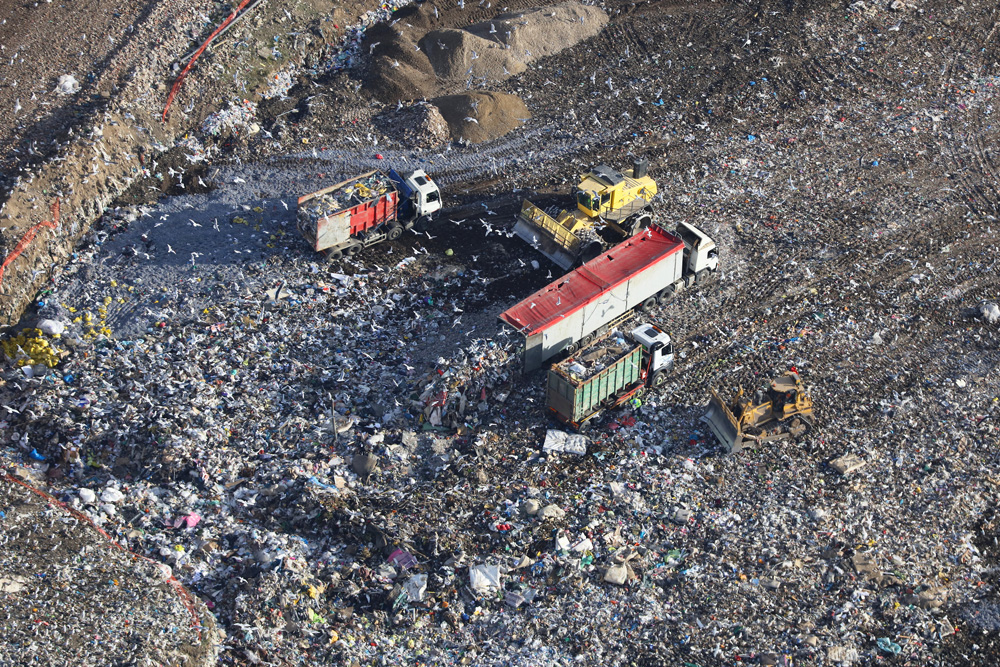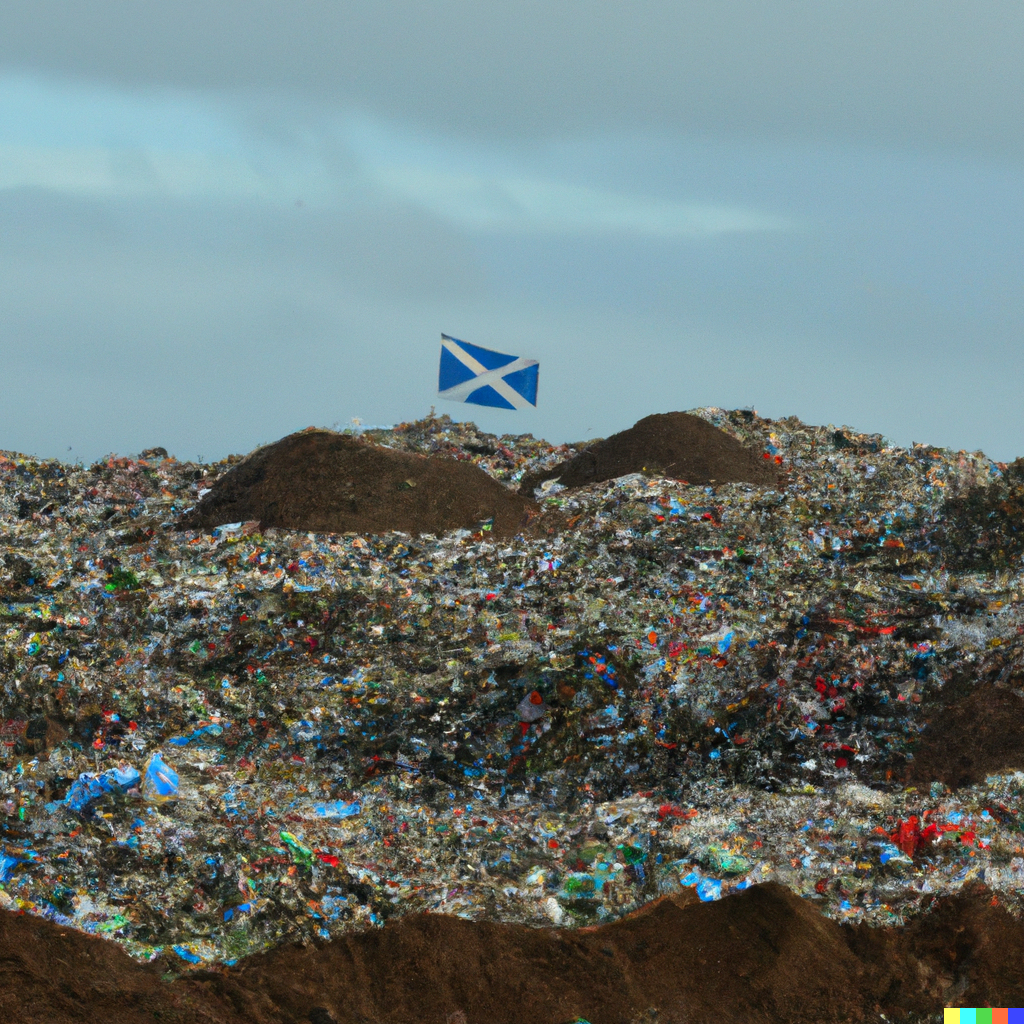But, more than half the 93 million electrical items thrown away will not be recycled under the European Waste Electrical and Electronic Equipment (WEEE) Directive according to a report from ICER.
This is because the items are less than 2kg in size, and householders are likely to throw them away among general household refuse rather than separately in designated WEEE collection facilities. Under the WEEE Directive, recovery and re-use obligations for producers only apply to separately collected WEEE.
” It is going to be very interesting to see how the costs of meeting the WEEE Directive are shared across the UK's estimated 50,000 producers.“
– Claire Snow, ICER
But, ICER warned that the UK government is likely to calculate collection and recovery obligations based on market share rather than the arising of items among separately collected equipment.
Claire Snow, director of ICER, said: “It is going to be very interesting to see how the costs of meeting the WEEE Directive are shared across the UK's estimated 50,000 producers, particularly as a company's obligation is likely to be calculated on its market share of sales, rather than the amounts of waste equipment collected.”
Profile
The new study from ICER – the Industry Council for Electronics Recycling – warns that under forthcoming regulations on waste electronics, the profile of what is collected for treatment and recycling is likely to be “quite different” from what is thrown away.
Over two-thirds of the tonnage of waste electrical and electronic equipment (WEEE) thrown away by householders come from just three out of the ten categories of waste electronics identified by the European WEEE Directive.
Small household appliances make up just 8% of the tonnage of collected material, but makes up the most number of items thrown away (30% by number of items). Some 77% of small household appliances weigh less than 2kg, ICER said.
Proportions of waste electronics identified by ICER in the household waste stream included (per centage by weight):
- 70% large household appliances (washing machines, cookers, fridges, etc)
- 13% consumer equipment (mostly televisions)
- 8% small household equipment
- 7% IT/telecommunications
- 4% tools, lighting, toys, monitoring and control equipment
Costs
The ICER report, which is an interim report for a wider study funded by Biffaward, has estimated the costs of treating and recycling waste electronics to be up to 83 million each year – including 27 million for televisions and monitors containing cathode ray tubes (CRTs).
For domestic equipment, the ICER report suggests costs for treatment and recycling of 5 per unit for refrigeration equipment, 7 per unit for CRTs and 30 to 40 pence per unit for lighting equipment. Most other WEEE will incur costs of about 100 to 200 per tonne, ICER said.
| Related links: |
The industry is still waiting new regulations implementing the WEEE Directive into UK law, with the calculation of a producer company's recycling and treatment obligation still to be finalised. Ms Snow said: “The way that obligation is calculated is one of the things we are waiting to find out about over the next few months as the UK WEEE regulations are finalised.”
The next stage of the ICER/Biffaward study will see a report published in the summer 2005 estimating arisings of commercial WEEE and providing a profile of the WEEE processing industry in the UK.










Subscribe for free